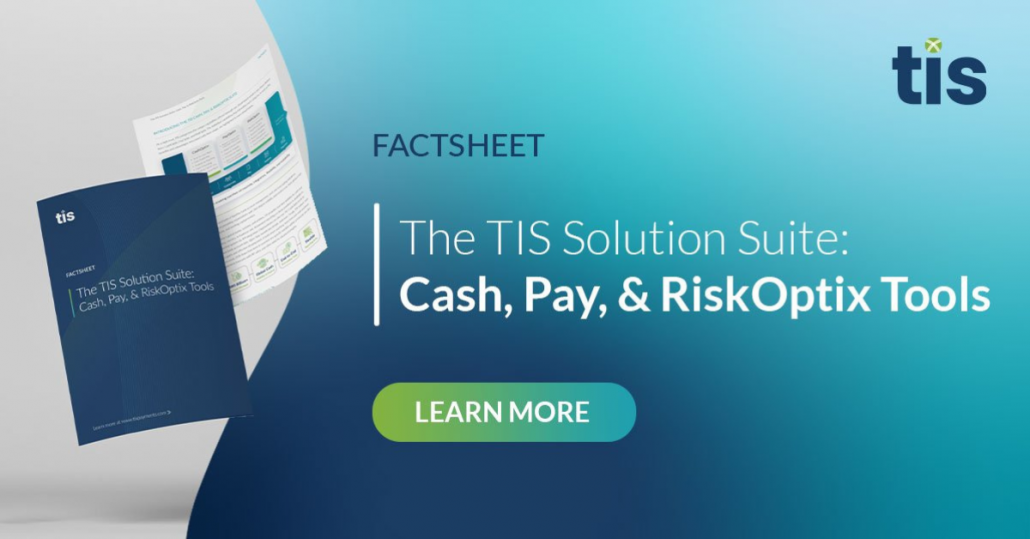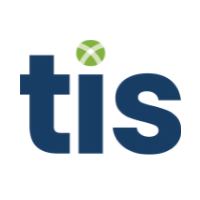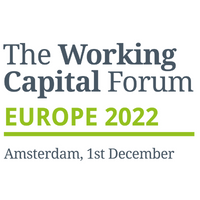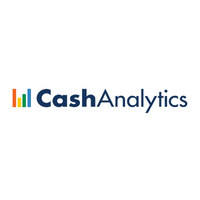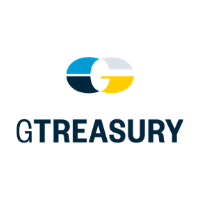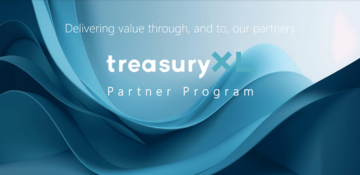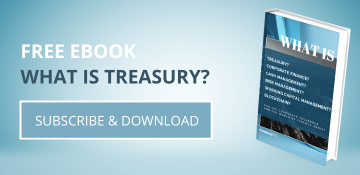07-09-2022 | treasuryXL | Refinitiv | LinkedIn |
The USDCNY historical volatility, the expert webinar on Inflation Growth & Markets, Refinitiv Corporate Treasury Newsbeat and much more. All summarised in the new Corporate Data Insights by Refinitiv.
Chart of the Month
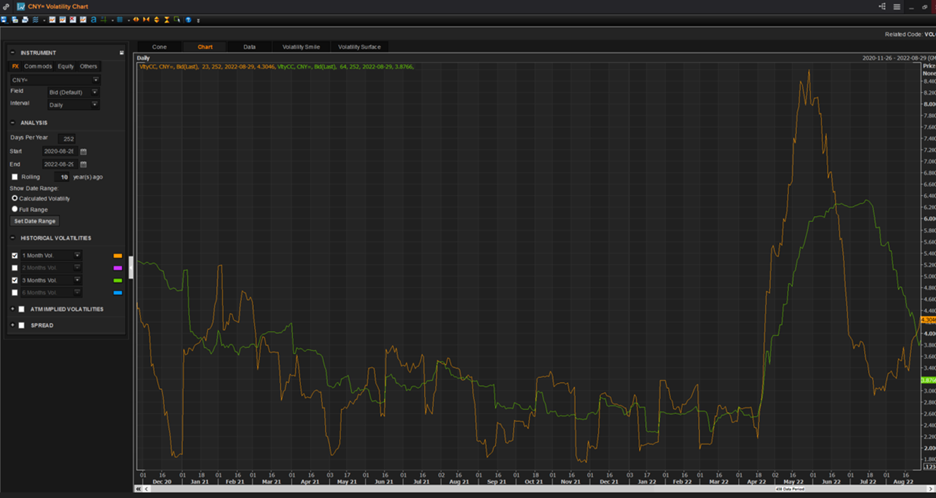
1M and 3M USDCNY historical volatility
Our Chart of the Month shows 1-month volatility (in orange) and 3-month volatility (in green) for the USDCNY currency pair. It clearly demonstrates huge implications for those hedging CNY exposures.
The combination of USD rate tightening and Chinese rate easing since the start of the year – reflecting a weakening Chinese economy and Covid-19 restrictions – has meant a stronger USD, a sell-off of Chinese bonds, and significantly elevated USDCNY volatility.
Ahead of the November US mid-term elections, commentators are watching to see if Biden’s inflation imperative might outweigh the US response to China’s actions towards Taiwan. Our news partner, Reuters, unpacks this conundrum in more detail.
The Biden administration has been forced to recalibrate their thinking on whether to scrap some tariffs or potentially impose others on Beijing, according to sources familiar with the deliberations.
It has considered a combination of eliminating some tariffs, potential additional tariffs, and expanding a list of tariff exclusions to aid U.S. companies that can only get certain supplies from China.
Additional tariffs would make Chinese imports more expensive for U.S. companies, and subsequently makes products more costly for consumers. However, bringing inflation down is a major goal for Biden ahead of the November mid-term elections.
Politically there is a delicate path to tread, but recent market dynamics may suit US policy makers.
[Webinar] Inflation, Growth and Markets: Hear from the Experts |
Economies around the world are enduring inflationary pressures not experienced in decades. Rising cos
ts triggered by supply chain interruptions and wage demands as economies roared back to life post-COVID were compounded in February by Russia’s invasion of Ukraine, disrupting crucial commodity supplies. Join a panel of expert Reuters editors to discuss the issues and hear from Refinitiv’s Director of Macro and Economics on how to use Workspace and Eikon product enhancements.
How are digital assets used to evade sanctions?
There is a growing concern that criminal networks may seek to circumvent global sanctions through the use of cryptocurrency. Refinitiv is working on promoting a more coordinated global response to financial crime, focusing on protecting the digital asset space.
How can we respond to the challenge? >
Everything flows: Green equity funds go red for the first time since COVID meltdown
After a volatile start to July, the FTSE 100 crept up a touch less than 250 points over the month, with other equity markets globally turning upwards in a similar fashion from late June recent lows. At the same time, the yield on the benchmark 10-year gilt was squeezed by about 90 basis points. Fund flows, however, do not reflect this—at least at the most broad-brush asset class level, with redemptions excluding money market vehicles running to £7.9bn. Find out more about recent asset flow trends >
Breakingviews: D.C. turf war opens crypto regulatory arbitrage
Cryptocurrency ventures can divide and conquer Washington’s regulatory fiefdoms. The U.S. Federal Reserve staked out its turf this week, telling lenders to notify it if they offer services for bitcoin and its ilk. Other agencies are also wrestling to oversee the $1 trillion market. The scrap provides an opportunity for some industry participants, but it hurts token owners. Read on >
Deep U.S. curve inversion hastens the recession it predicts
An inverted U.S. Treasury yield curve almost always heralds recession, but the yawning gap between high short-term funding costs and falling long-term borrowing rates may accelerate the economic downturn it presages. Reuters columnist Jamie McGeever looks at the potential impact of an inverted U.S. treasury yield curve.
Refinitiv Corporate Treasury Newsbeat
Refinitiv issues consultation on Tokyo Swap Rate benchmarks | Refinitiv announced the publication of a consultation paper regarding the Tokyo Swap Rate benchmarks. Refinitiv administers Tokyo Swap Rate, a Japanese yen (JPY) interest rate swap (IRS) benchmark family, which is used in the valuation of swaptions, CMS, structured loans and notes, FRNs and private finance initiatives.
Read more here >
Bulgarian Stock Exchange powers sustainability index with Refinitiv ESG metrics | The Bulgarian Stock Exchange (BSE) announced it has adopted Refinitiv’s Environment, Social and Governance (ESG) metrics to power its sustainability index set to be launched end of 2022
Read more here >
Refinitiv to launch forward looking term rate versions of ARRC recommended fallback rates this September to facilitate industry transition from USD LIBOR | Refinitiv announces that it intends to launch forward looking term rate versions of its ARRC recommended fallback rates – USD IBOR Cash Fallbacks – in September 2022. This follows the Alternative Reference Rates Committee’s (ARRC) March 2021 announcement that it had selected Refinitiv to publish its recommended fallback rates for cash products and Refinitiv’s November 2021 announcement that it had released production fallback rates based upon various SOFR conventions.
Read more here >




